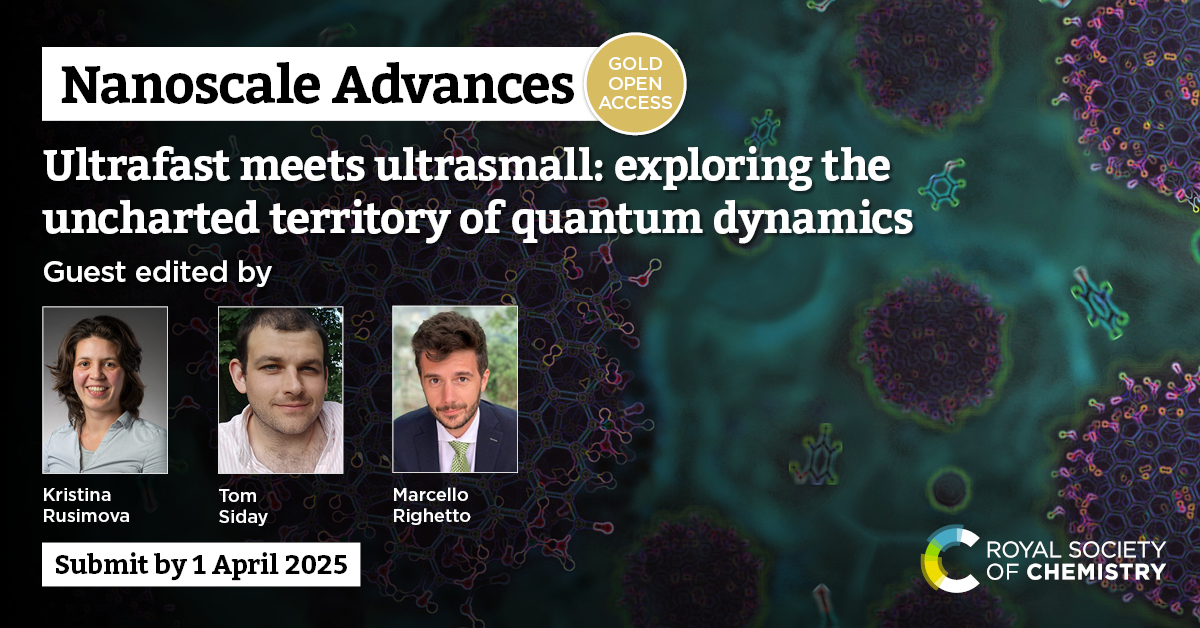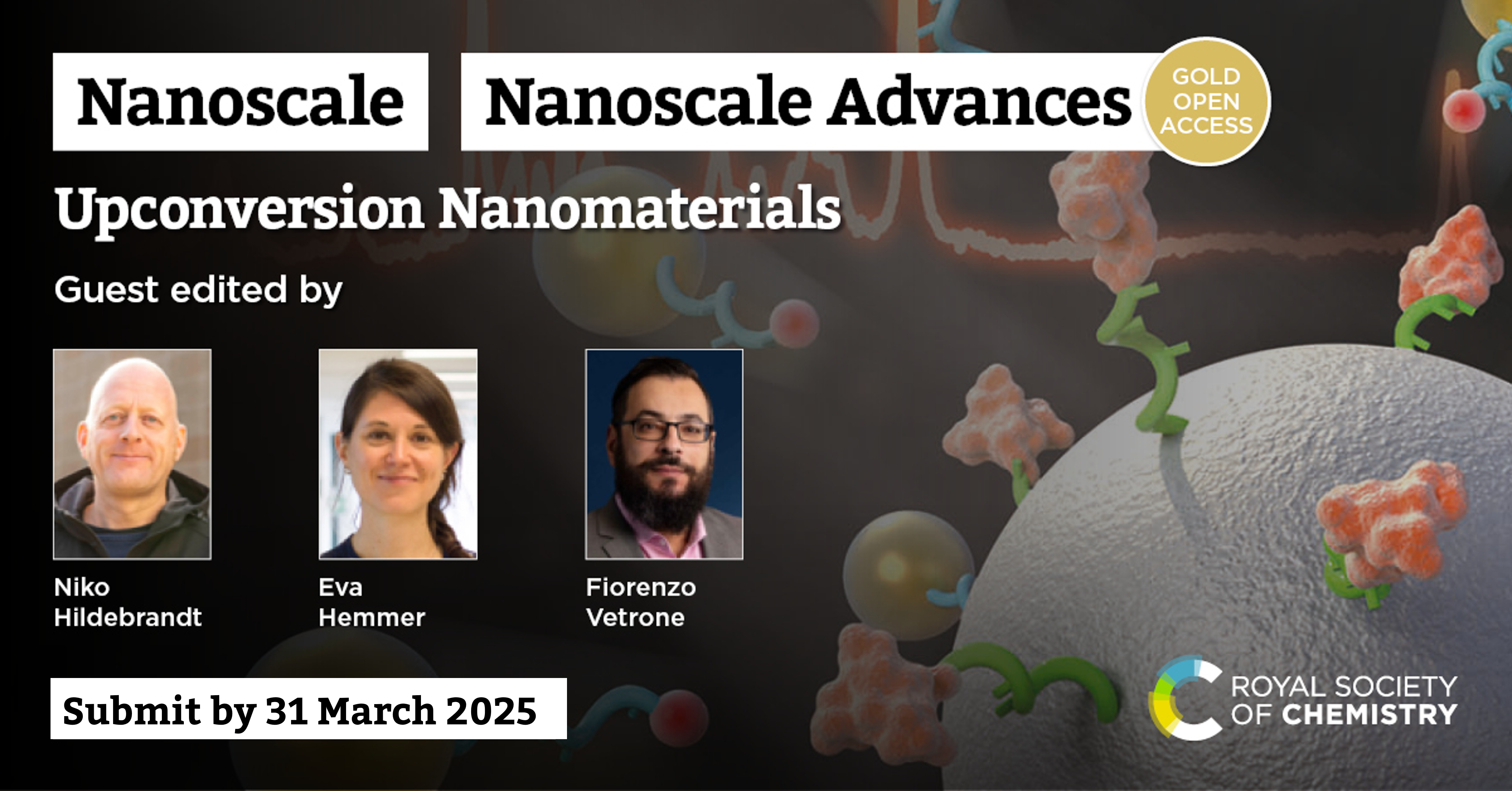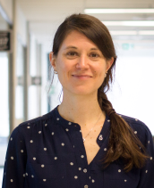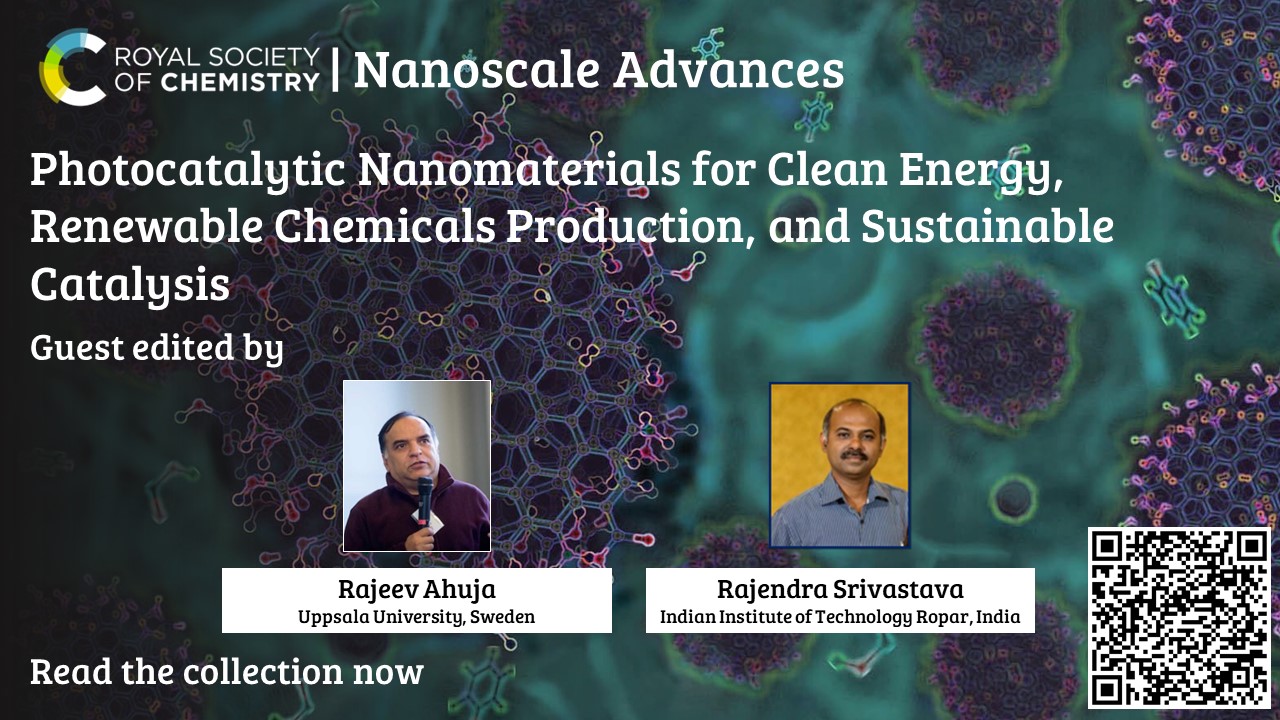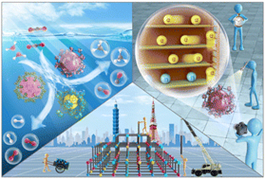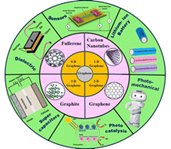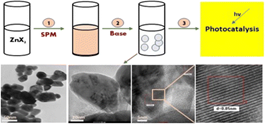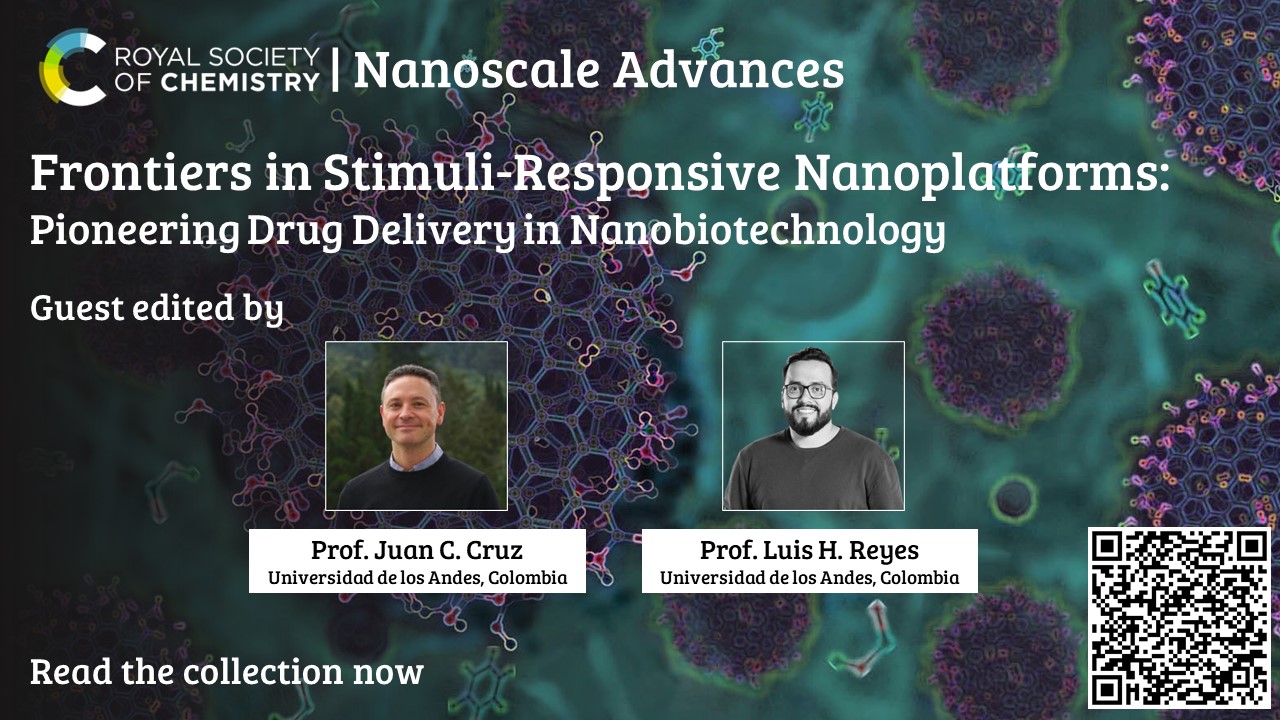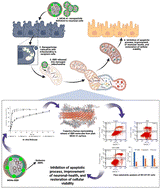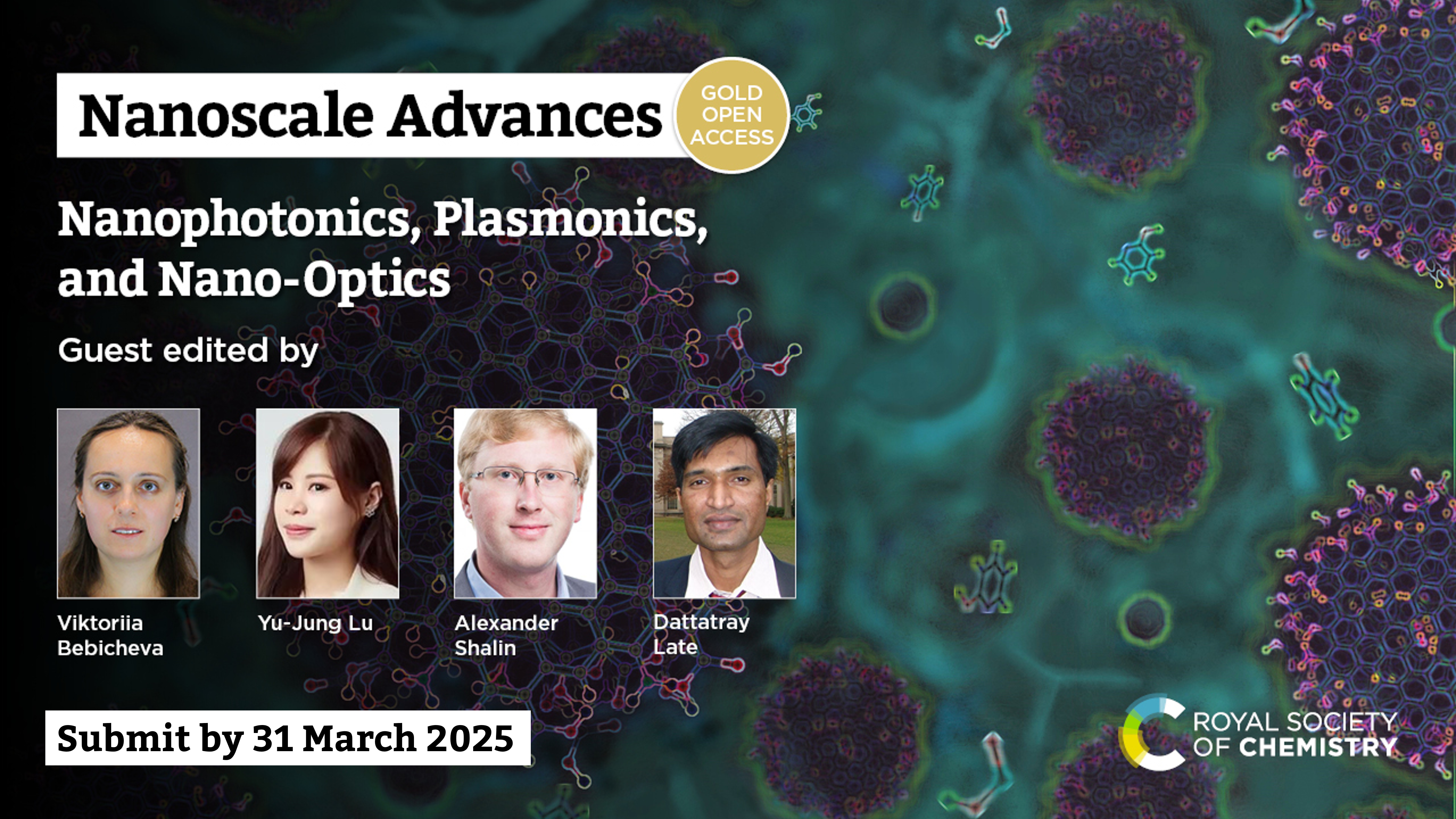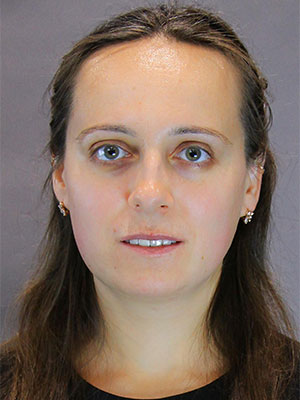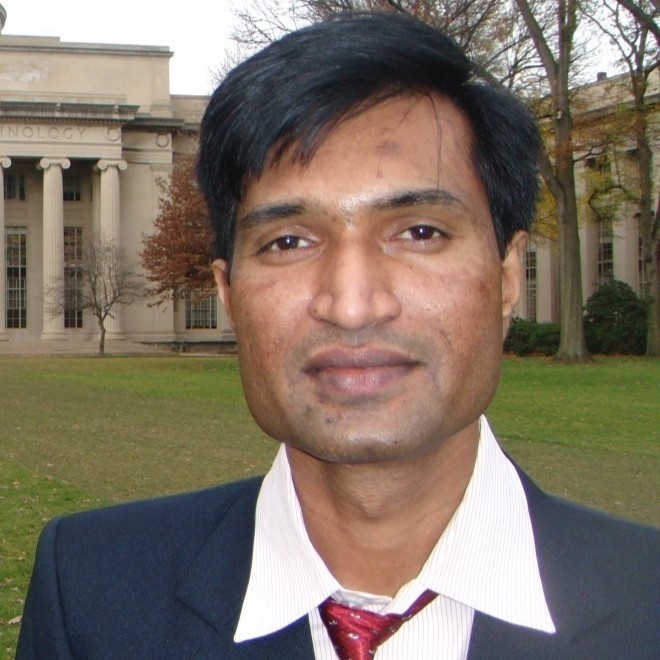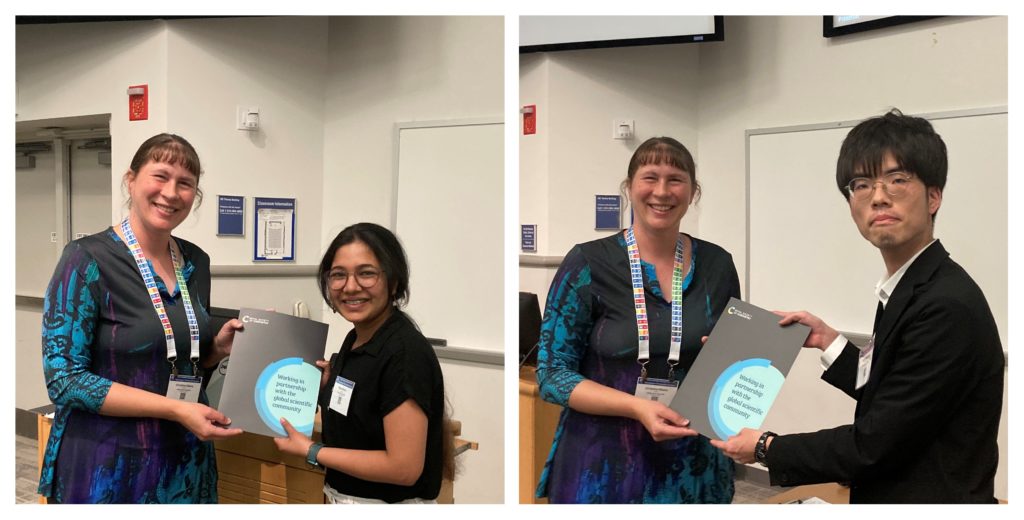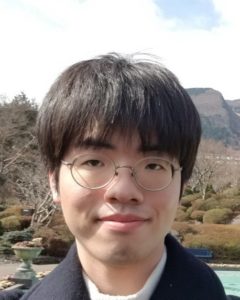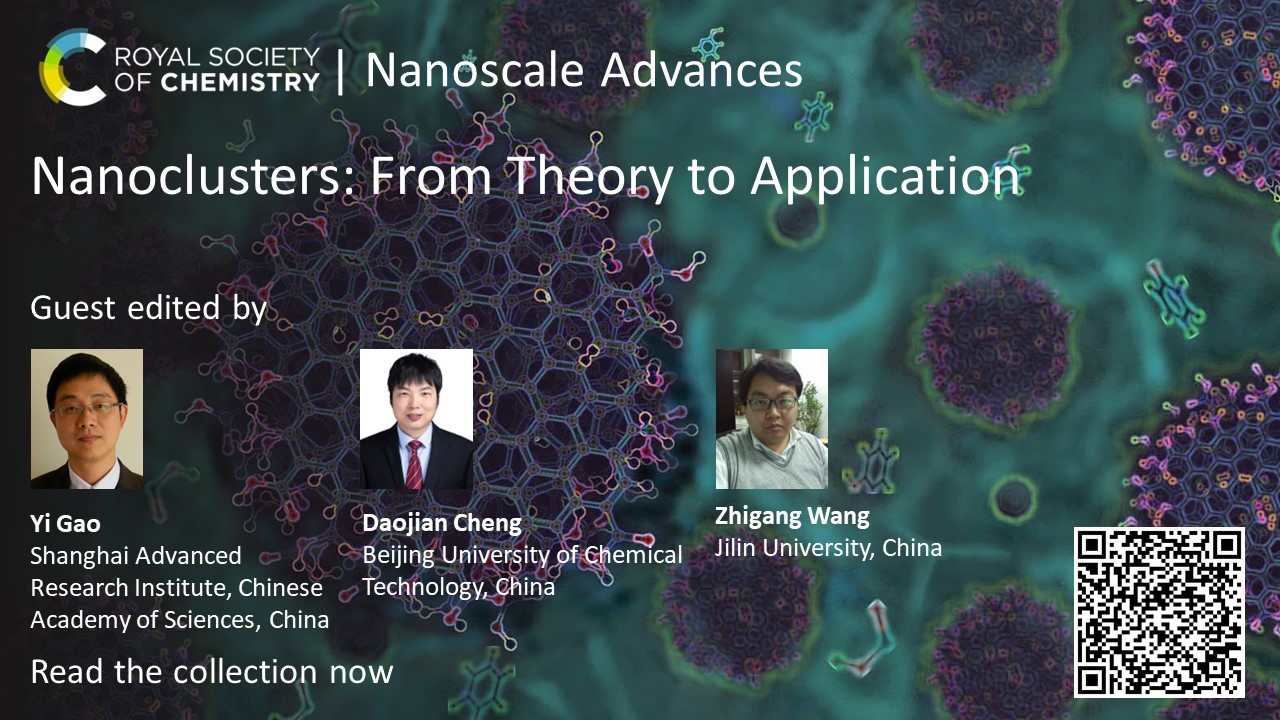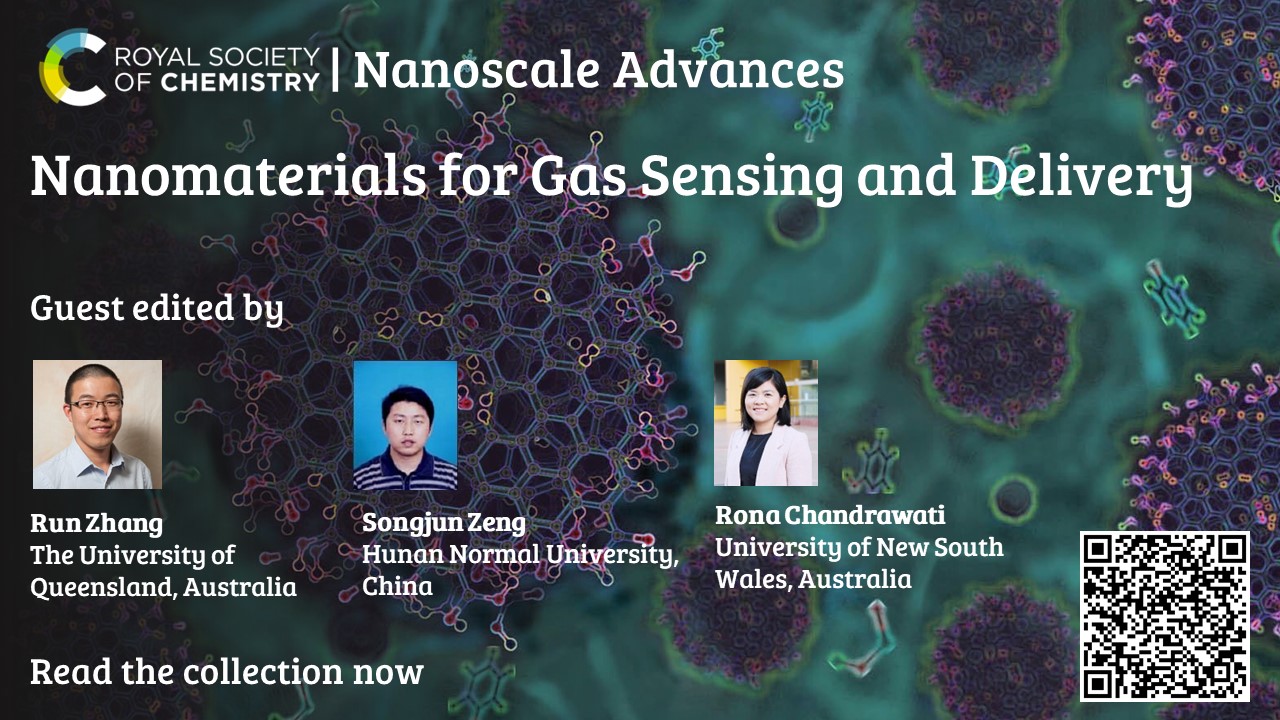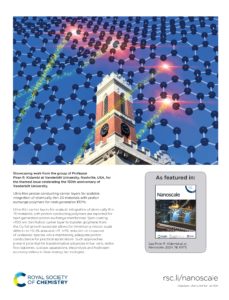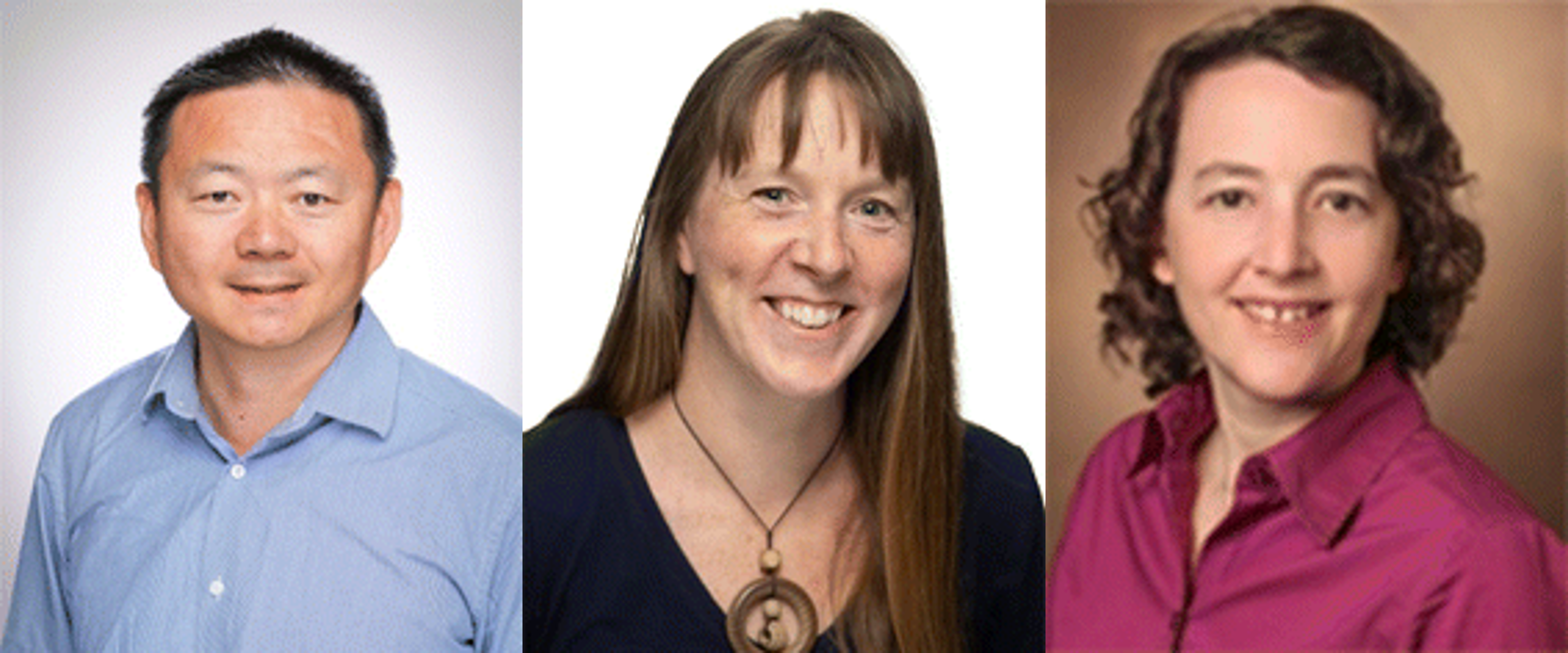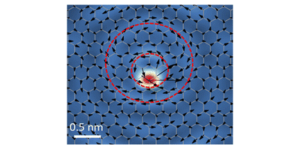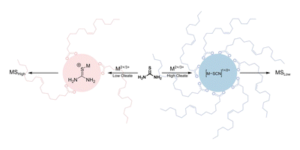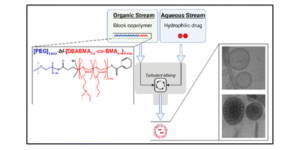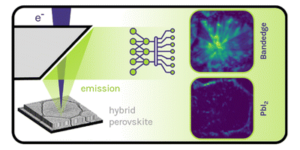We are delighted to announce an open call for papers to our new themed collection focusing on molecular quantum dynamics!
The Guest Editors propose to explore the recent advances in time-resolved SPM, ultrafast dynamics in nanoscale materials, atomic-scale manufacturing and quantum nano-electronics in this new themed collection.
A prime objective is to explore the overlap between groups working on scanning probe methods for advancing atom-based technologies and researchers from the photonics community working on quantum information, ultrafast molecular and quantum dynamics, light-matter interfaces, and nanometric functional materials.
Submit before 1 April 2025.
If you are interested in contributing to this collection, please get in touch with the Editorial Office.
Please note that article processing charges apply to all articles submitted to Nanoscale Advances if, following peer-review, they are accepted for publication. Exceptions include researchers at Research4Life Group A and B countries, and those whose institutes have an existing deal that covers publication in our gold open access journals. Details of the APC and discounted rates can be found here.
This collection is Guest Edited by:
 |
Kristina Rusimova
University of Bath, UK ORCID: 0000-0002-3679-9948 Dr Rusimova is interested in light-matter interactions – how she can use light to manipulate individual atoms, or atoms to manipulate the properties of light. She is particularly interested in studying the behaviour of energetic (hot) electrons generated by light, or by a local electronic probe (the tip of a scanning tunnelling microscope); how these hot electrons interact with atoms, molecules, and surface defects; and how they dissipate their energy on surfaces in two-dimensional materials. She is also interested in developing speciality low-loss hollow-core optical fibres for miniaturisation of alkali vapour devices. In addition, she works on exploiting the optical nonlinearity of exotic two-dimensional materials. |
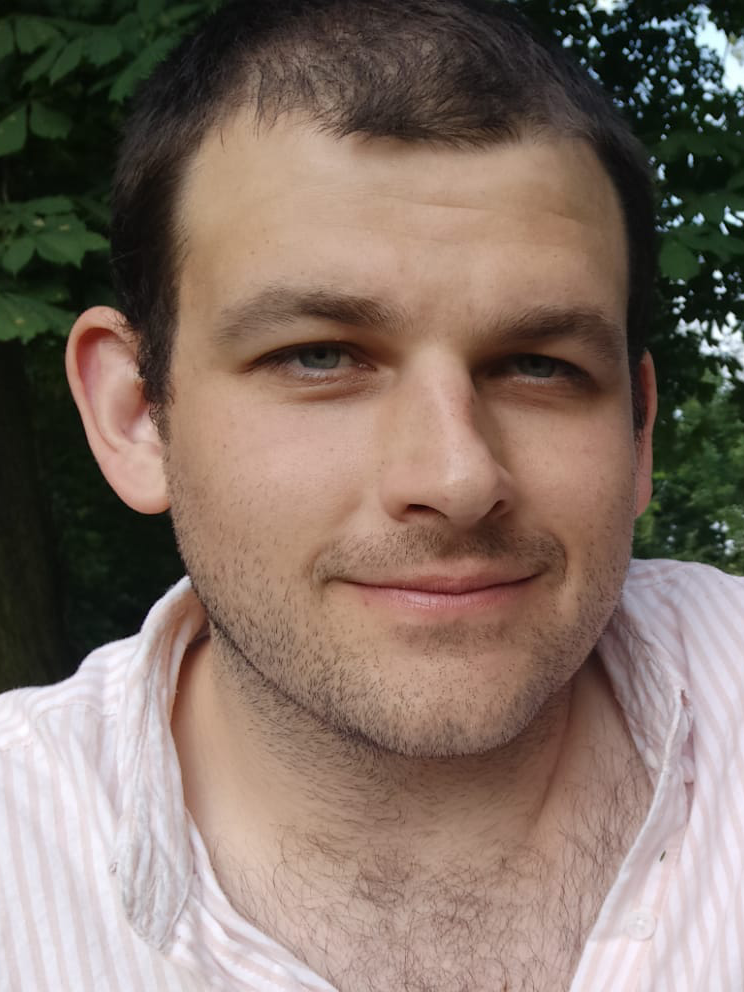 |
Tom Siday
University of Birmingham, UK ORCID: 0000-0003-0157-3233 Dr Siday is an Assistant Professor at the University of Birmingham in experimental metamaterials and nanophotonics. Prior to this he held a role at the University of Oxford as Fulford Junior Research Fellow; Postdoctoral Researcher in Ultrafast Terahertz Microscopy. |
 |
Marcello Righetto
University of Oxford, UK ORCID: 0000-0001-5507-1445 Dr Marcello Righetto is a Postdoctoral Research Fellow in the Semiconductors Group of Prof. Laura Herz in the Department of Physics (CMP), University of Oxford. His current research focuses on novel metal halide semiconductors, studying these new materials using ultrafast spectroscopy techniques (ultrafast Upconversion PL, Optical pump-THz probe). His research aims at finding non-toxic and environmentally-friendly semiconductors, which can compete with lead halide perovskite in terms of optoelectronic applications. |


